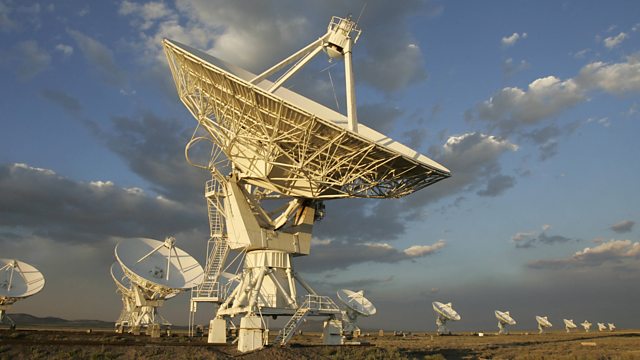Fast Radio Bursts
Pinpointing elusive radio waves from the edge of the Universe. Also how damming rivers can increase the incidence of Schistosomiasis, Astronomer Vera Rubin dies
Incredibly short bursts of radio waves from 3 billion light years away have only recently been detected. Their origin is unknown. Now scientists have found one of these Fast Radio Bursts that repeats itself. So they tuned their telescopes on this tiny patch of night sky, and have now detected faint smudges of light as well as the radio waves. The incredible distances these waves travel is indicative of a massive event happening three billion years ago. The speculation is that it could be energy from an active galactic nucleus, a black hole at the centre of a galaxy far away, or a baby magnetar – a neutron star with a massive magnetic field.
Schistosomiasis and River Dams
Schistosomiasis is a tropical disease caused by infection by blood flukes, or worms. 800 million people in tropical and sub-tropical areas of the world are at risk of schistosomiasis The parasitic worm spends part of its lifecycle in freshwater snails, it is then released into the water where human infection takes place. The disease is treatable, but the problem is that reinfection rates are very high. Particularly in Sub-Saharan Africa where access to safe, clean water is limited. Scientists studying the ecological impact of the Diama Dam on the Senegal River in West Africa found that infection rates for Schistosomiasis increase dramatically in the region around the dam. The reason? Macrobrachium spp. prawn populations are drastically reduced by damming rivers – they basically can’t move up and down the river – and it’s these prawns that eat the freshwater snails that harbour the parasite. The finding points to prawn restoration as an ecological solution for reducing human disease.
Vera Rubin
American astronomer Vera Rubin died, aged 88, on Christmas Day. Vera pioneered work on galaxy rotation rates. By uncovering the discrepancy between the predicted angular motion of galaxies and the observed motion, by studying galactic rotation curves, she found evidence of the existence of dark matter.
Moving Magnets
Moving scientific equipment can be a logistical nightmare. Sensitive and delicate instruments need care in packing and transporting. But what happens when you need to move a giant magnet when its 30,000 times stronger than the Earth’s magnetic field, and 15 meters in diameter, weighing 700 tonnes? This is exactly what scientists working on the G minus 2 Experiment at the Fermi Lab in Chicago had to deal with, when the Muon Magnet they needed was in New York State.
Picture: Very Large Array Used To Detect Fast Radio Bursts, Credit: AFP/Getty Images
Presenter: Roland Pease
Producer: Fiona Roberts
Last on
More episodes
Broadcasts
- Thu 5 Jan 2017 19:32GMT91�ȱ� World Service East and Southern Africa & West and Central Africa only
- Thu 5 Jan 2017 20:32GMT91�ȱ� World Service Americas and the Caribbean, Australasia, Online, Europe and the Middle East & UK DAB/Freeview only
- Thu 5 Jan 2017 21:32GMT91�ȱ� World Service South Asia & East Asia only
- Fri 6 Jan 2017 02:32GMT91�ȱ� World Service Americas and the Caribbean
- Fri 6 Jan 2017 03:32GMT91�ȱ� World Service Online, Europe and the Middle East & UK DAB/Freeview only
- Fri 6 Jan 2017 04:32GMT91�ȱ� World Service East Asia & South Asia only
- Fri 6 Jan 2017 05:32GMT91�ȱ� World Service Australasia
- Fri 6 Jan 2017 07:32GMT91�ȱ� World Service Europe and the Middle East & East and Southern Africa only
Podcast
-
![]()
Science In Action
The 91�ȱ� brings you all the week's science news.


